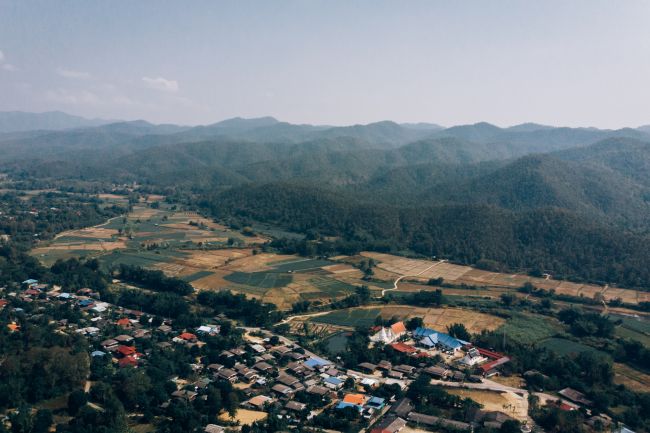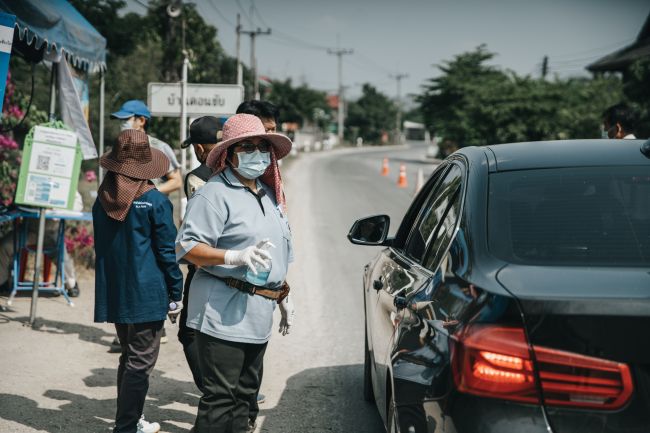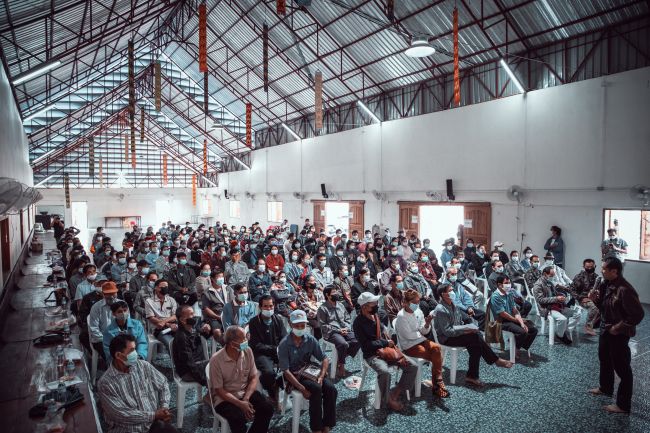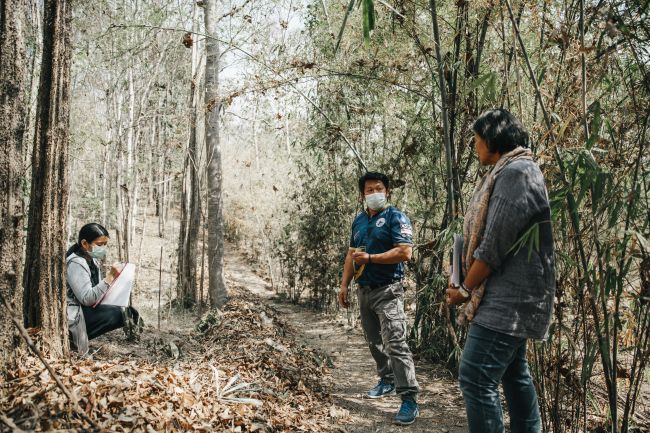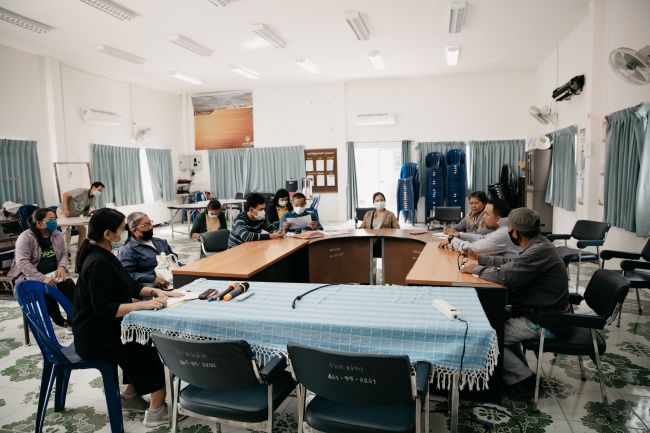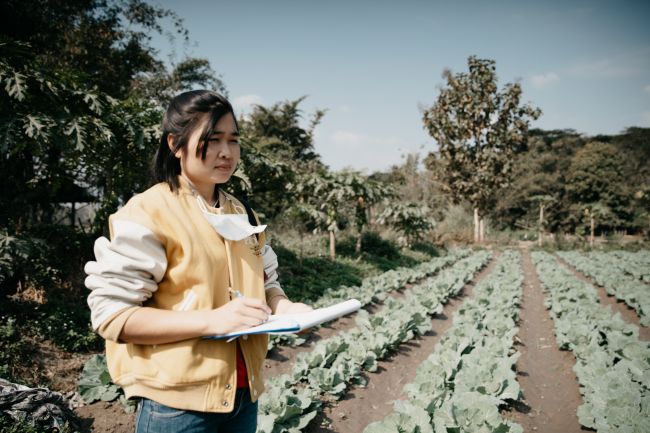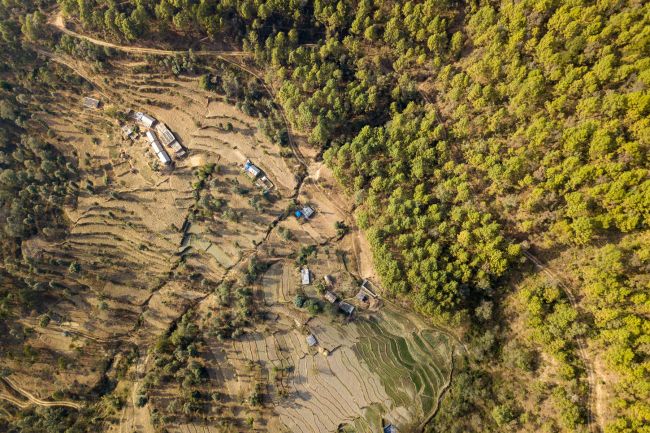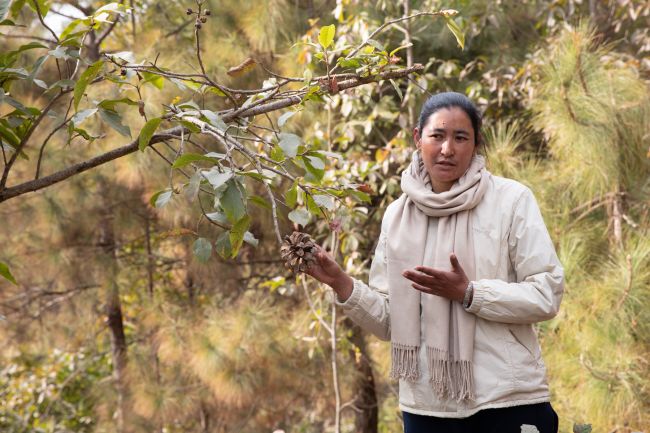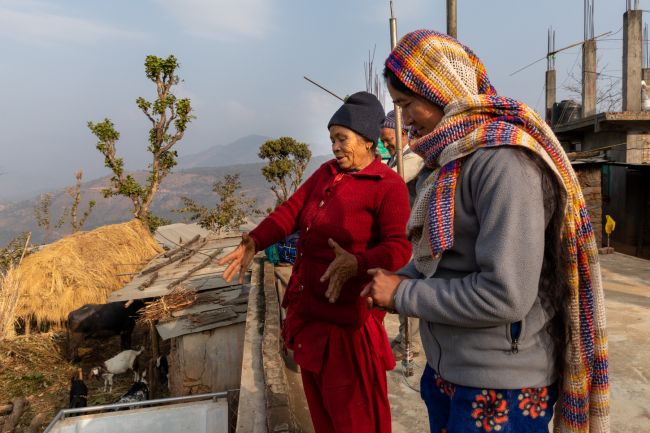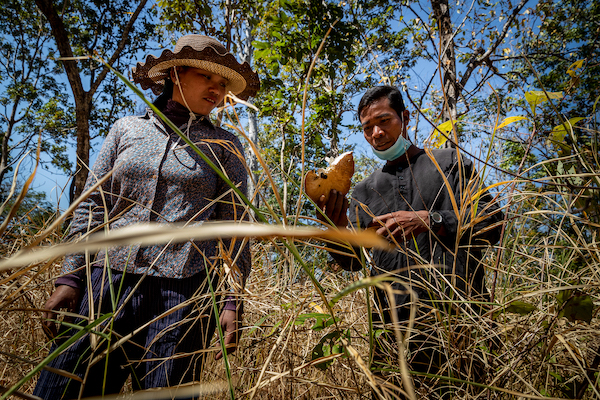

When COVID-19 went global in early 2020, Chanthy Khammoungkhoun was confident that he and his neighbours in Koklouang Village in Lao PDR were in a good place. He says his community’s dependence on forests and its rights to use them gave it an advantage over other village and urban dwellers during the pandemic.
“We have teak, water, bamboo and other non-timber forest products,” he says. “Our community has lived with the forest for a long time, so we can find food in it. By contrast, people in the city need money for living and are at greater risk from COVID-19.”
His words echo those of hundreds of people RECOFTC surveyed in Cambodia, Indonesia, Lao PDR, Myanmar, Nepal, Thailand and Viet Nam. RECOFTC undertook the study with the Food and Agriculture Organization of the United Nations in 2020 and 2021.
The study found that, under the right conditions, community forests can increase people’s resilience in times of crisis. It also recommended ways that pandemic recovery plans can strengthen community forestry and contribute to action in support of the Sustainable Development Goals (SDGs), the Paris Agreement on climate change and the UN Decade on Ecosystem Restoration.
Click any image to enter media gallery
Social cohesion an important factor
“When COVID-19 arrived in their countries, many community forest committees used their knowledge and contacts to coordinate with local governments and obtain support from external partners,” says RECOFTC’s Senior Strategic Advisor Ronnakorn Triraganon. “They were able to access and distribute information and supplies of masks and hand sanitizer and to mobilize personnel to enforce health and travel restrictions and protect forests.”
This, together with strong community cohesion, translated into high levels of compliance with public health advice. In all the communities RECOFTC surveyed, most people quickly adopted preventive measures, such as wearing masks, washing hands and social distancing. These actions contributed to there being no recorded cases of COVID-19 in any of the 14 communities RECOFTC surveyed during December 2020 and January 2021.
Beyond responding to the immediate threat to health, community forest committees continued their regular activities, including regulating access to forest resources, resolving conflicts, managing funds, and organizing patrols to protect forests from illegal harvesting, poaching or encroachment.
This helped ensure that community forests across all seven countries in the survey were able to sustain people and livelihoods during the pandemic. By providing food and medicinal plants, firewood and, in some cases, timber, these forests reduced household expenses and generated income.
Protecting forest resources for all
“During the pandemic, people could still harvest forest products, even when there were travel restrictions,” says Lo Thi Hien, head of the Muong Phu Women’s Association. “The community forest maintained sustainable livelihoods by providing free vegetables to feed ducks and pigs and herbs and mushrooms to sell.”
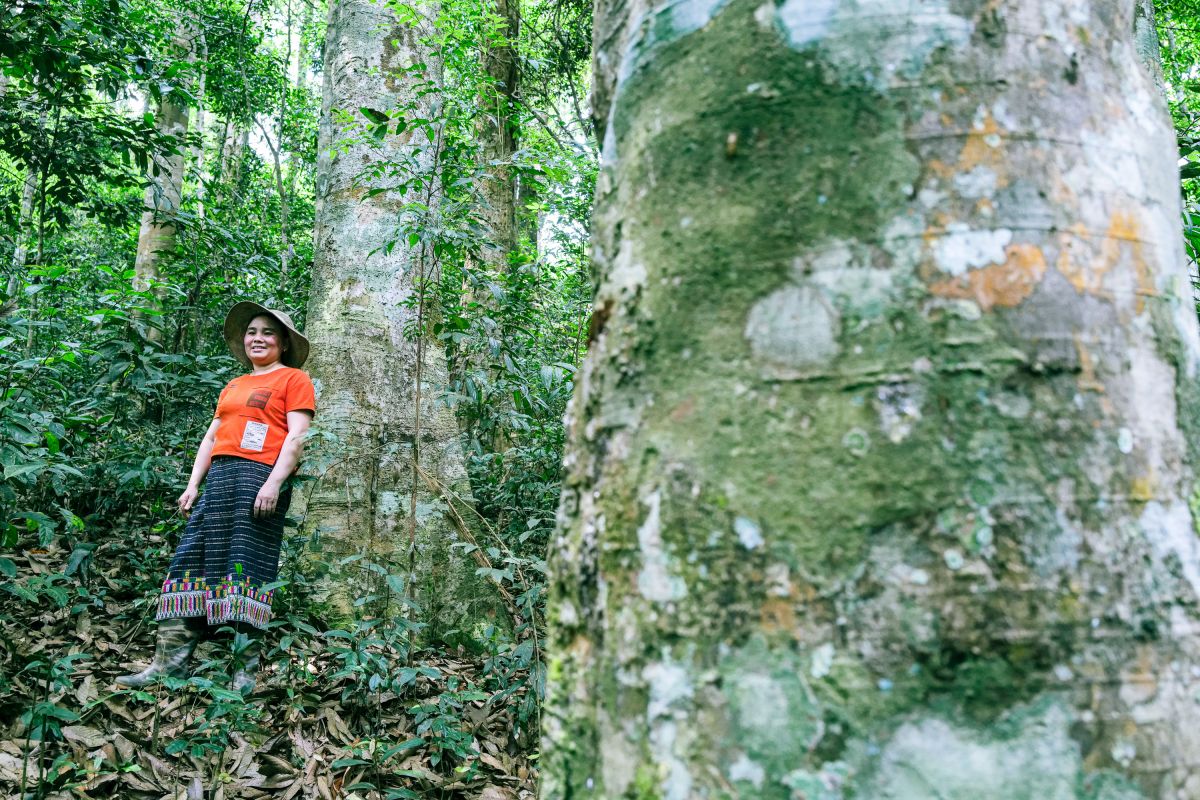
Thanks to training courses that RECOFTC provided, community forest members acknowledge the significance of the community forest and know how to protect it.
“Even though people have lower incomes than before COVID-19, they do not violate the forest,” says Lo Thi.
Community forest committees often acted to ensure that the lowest-income members could access forest resources. In Lao PDR, for example, village leaders exempted marginalized groups from paying fees for timber and firewood from the village forests.
Daya Laxmi Shrestha was head of the Shreechhap Deurali Community Forest in Sindhupalchowk District when COVID-19 began spreading in Nepal. She and her colleagues swung into action. Working closely with the local government and community forest user group, they set up quarantine centres and went door to door informing households on how to stay safe during the pandemic. They implemented social distancing protocols for their community forest meetings and activities.
Click any image to enter media gallery
“We worked wholeheartedly for the community,” says Shrestha. “Our community forest also contributed to the disaster management trust, which provided food to poor households that were having a tough time feeding themselves.”
Community forests as financial safety nets
Extrapolating from its survey findings, RECOFTC estimates that personal savings accrued by selling timber and non-timber forest products have helped about 3 million people in the lower Mekong region cope during the first months of lockdown. Many community forest committees also manage credit schemes that provide low-interest loans, which also have helped during the crisis.
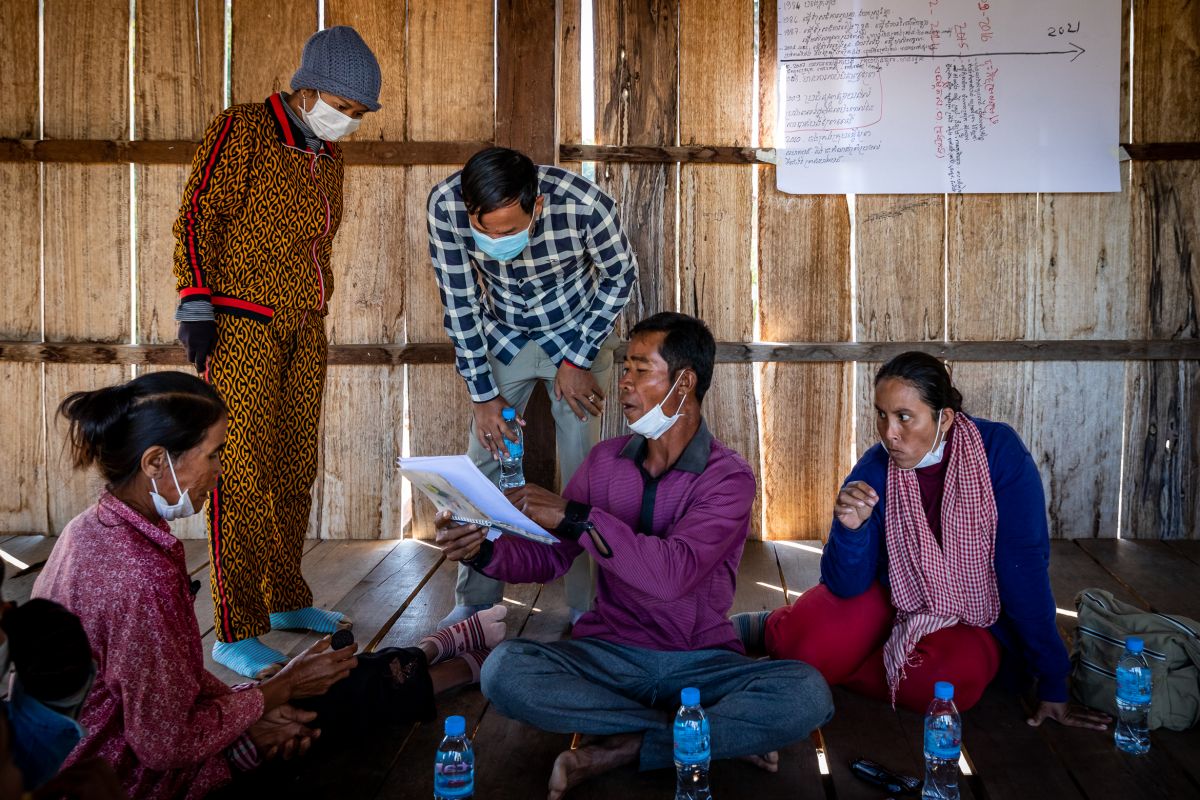
“The credit scheme is an alternative way for our members to borrow during the pandemic,” says Ton Mean, the chief of Samaky Trapang Totim Community Forest in Cambodia’s Preah Vihear Province. “Training and support from RECOFTC made the process possible for our community during this difficult time. We hope that as the credit capital increases, it will enable the community forest to contribute more to the community.”
Study recommendations
Despite the positive findings, the study also found that not all community forests have had such positive experiences. Some lack networks, external sources of support or credit schemes. Others have received little or no training. And some communities voiced concerns about the effectiveness of their community forest leaders. The extent to which community forests could support livelihoods also varied with the size and quality of the forests and the rights communities have to benefit from them.
Taken together, these findings can inform responses to this pandemic and future crises that are equitable and sustainable for communities living in and near forests and that contribute to action on climate change, ecosystem restoration and the SDGs.
“Our research showed the importance of expanding community forests and improving land tenure systems to ensure that local community members have clear and strong rights over forest resources,” says Triraganon.
“We also recommend ramping up capacity development programs for community forests so that they are able to raise and manage more funds, restore and improve the quality of the forest resources they manage, recognize and address social disparities and find ways to help their communities through COVID-19 and any future crises.”

